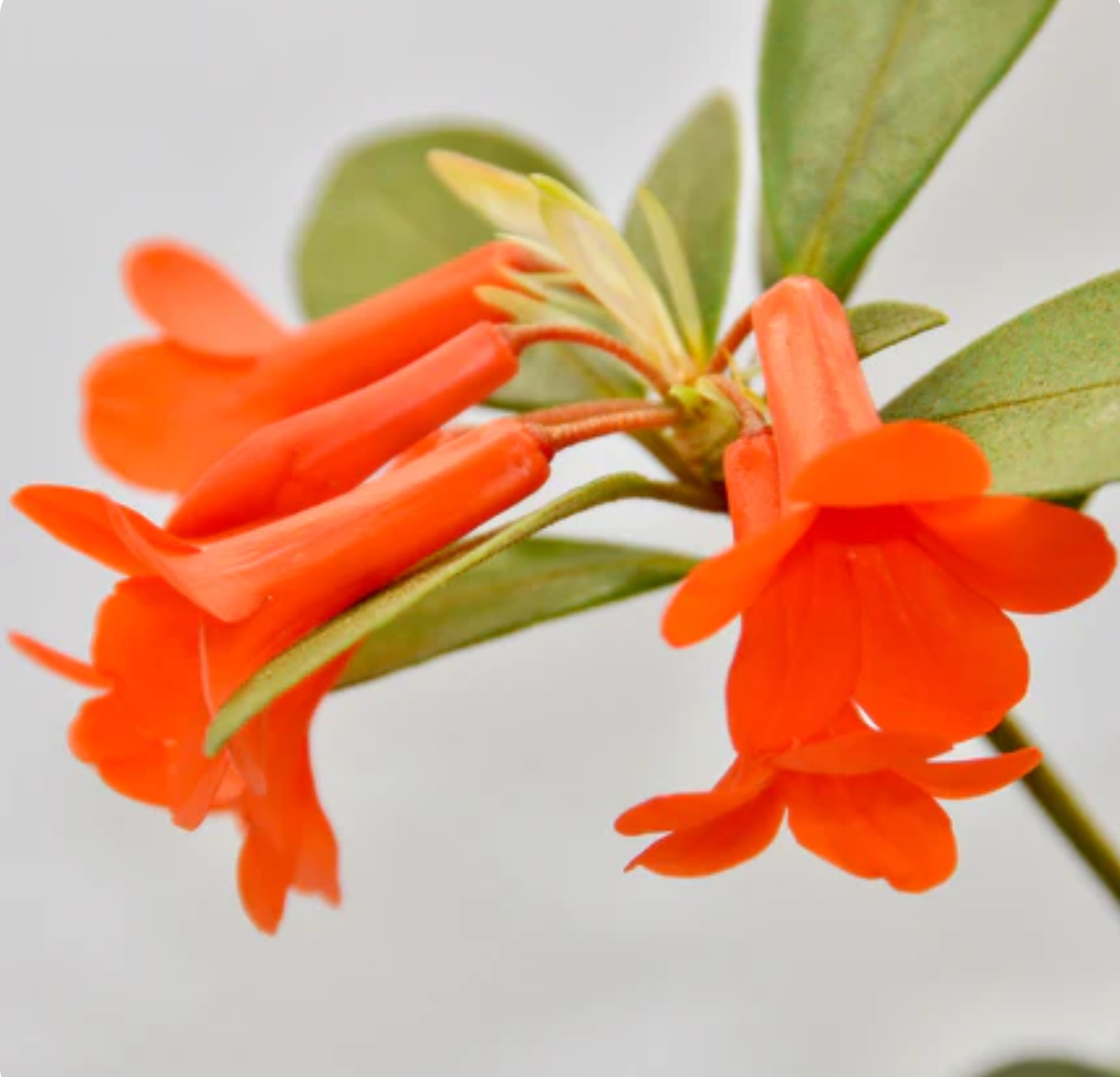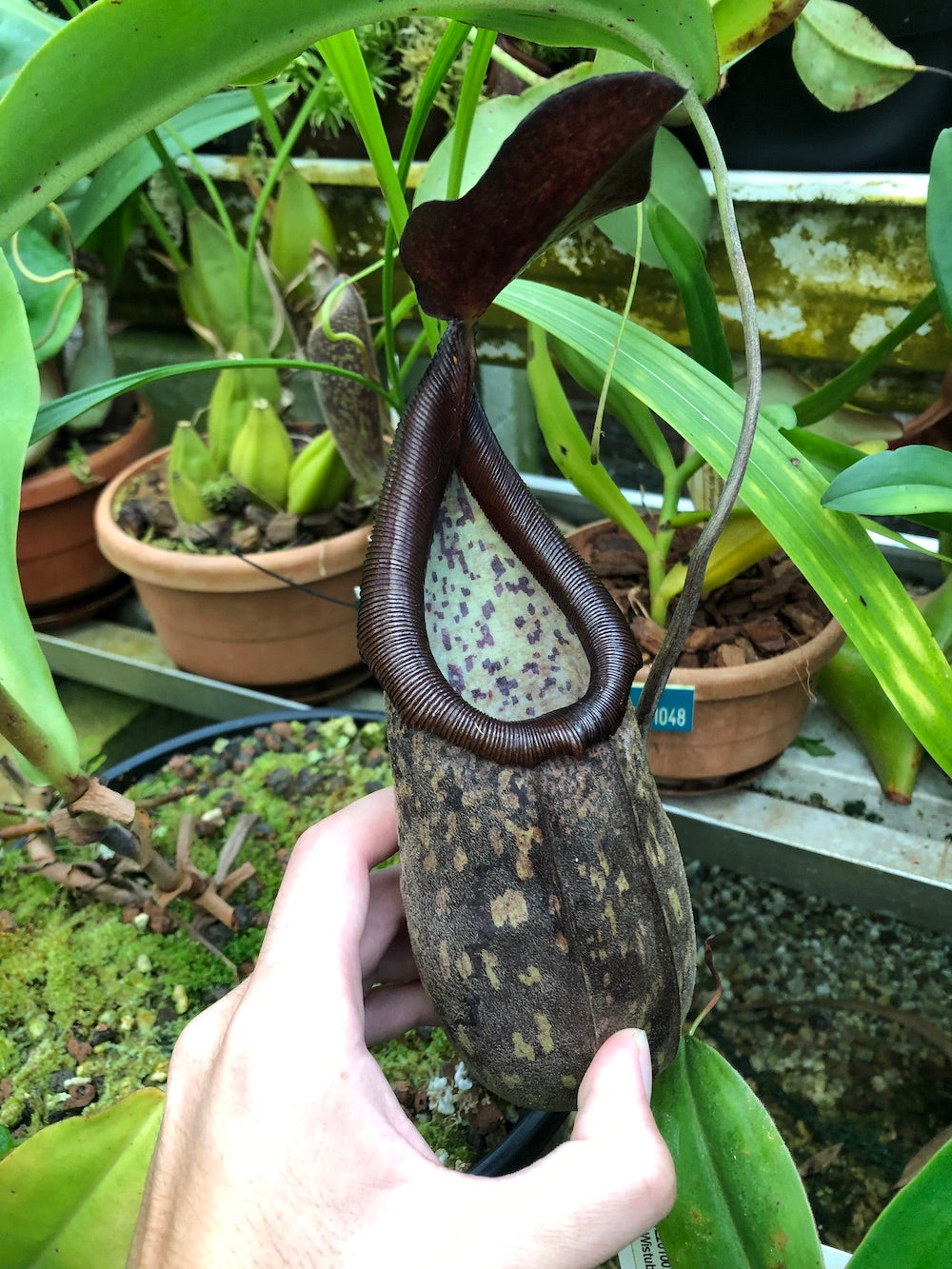Diabolical Problems

Pictured, destroyed Nepenthes maryae habitat. Unknown credit.
Nepenthes diabolica is one of the most wanted species in cultivation. From Sulawesi, it has been known about for years since its discovery by Chien Lee in 2004 and subsequently was circulated as Nepenthes “red hairy hamata” or RHH for short. Clearly this is not really a name but more of an actual description of what the species looks like with its red fuzzy pitchers with dagger like teeth not unlike hamata. Despite this species being properly named back in late 2020, this old name still has a lot of nostalgia of a time when the exact status of this species was not really clear, but one needed it in their collection regardless, and finally hearing the news that it finally had a real name and starting to call it diabolica instead of RHH. Then there was the hybrid made by English grower Simon Lumb of RHH x hamata lumut called Smilodon, which really is an incredible plant and was seemingly impossible to obtain. Technically, Smilodon was just a hybrid between two hamata locations until the real naming of diabolica. There was another name for this species, N. ronchini but this was just a place holder name and was slightly confusing as it did not seem to be a named species at the time, and indeed was not.
This species like so many is said to only occur on one undisclosed mountain, but its range is in fact much more extensive. From what I understand, the region that N. diabolica grows is not exactly the safest part of Sulawesi and as a result is under explored and will unfortunately continue to be so most likely. A similar example would be Nepenthes pitopangii, who’s entire existence for a long time was believed to consist of only a single male plant which frankly is a bit ridiculous as if this was the case then the species would not have evolved to start with. This single plant which happened to be discovered first was just a plant growing outside of its range, and later real populations have been discovered including the Ivory form from the Lore Lindu range which is now the most readily available form of that species in cultivation thanks to Wistuba’s male TC clone that was subsequently TCed by NE as well. Similarly, diabolica’s population at the original location was recorded at around 150 plants but sadly wild collecting has almost certainly exceeded this number. This does prove that there are other populations however, so it is likely diabolica is much more secure in the wild than previously thought even with the threat of wild collecting.
On this last comment, it is interesting to note that apparently one wild collector took the liberty of relocating a large population of diabolica to a more convenient location to access on a later date. Supposedly, the plants established quite well at the new location making a paradoxical event where what would normally decrease a wild population instead expanded its range.
An issue that has come to light recently, is the vague N. maryae named by Jebb and Cheek in 2016. There were no photos of the living plant to accompany the publication of this species, just the holotype (the herbarium “definition” of the species) which unfortunately only has upper pitchers and makes comparisons a bit difficult as a result. While just a short while ago this species was completely unknown to almost all growers, it is now generally accepted to be the strange form of RHH in cultivation that has a narrower peristome shape, rather looking like its relative, the widespread N. tentaculata. For a while these strange diabolica were believed to possibly be RHH x tentaculata, however it did not match up with the wild form of this hybrid or JH’s hort version. With this identity crisis of this mysterious plant solved it would seem that is the end of the story… but perhaps not?
Considering the incredible similarity between this supposed maryae and the known diabolica it seems very likely that they are one and the same species, as the differences between them appear to be no more different than what is typically expected within various populations of a species. A good example of this natural variation would be the populations of N. hamata found on G. Lumut compared to the Tambusisi form, or similarly, N. eymae who’s populations overlap the former species. While N. maryae, being part of the section Tentaculatae, was naturally reviewed in the publication of N. diabolica, the vague description in the maryae publication and poor holotype could easily have caused a second naming of this species. As for now, there is not anything definite that can be concluded until more information about N. maryae surfaces.

Nepenthes maryae growing at the destroyed site. Photo credit unknown.



